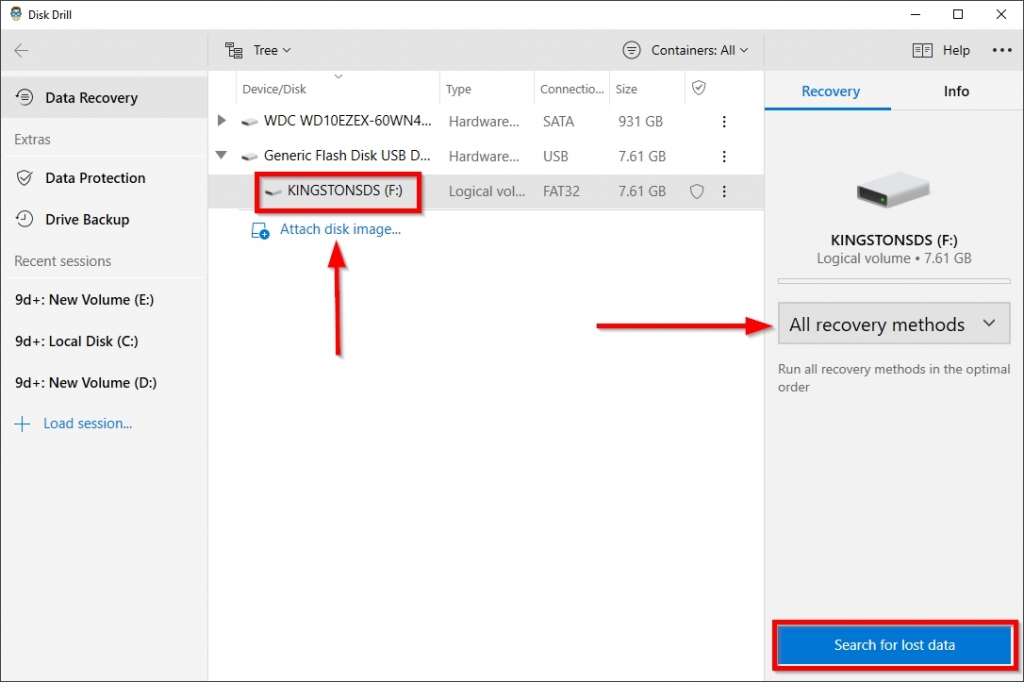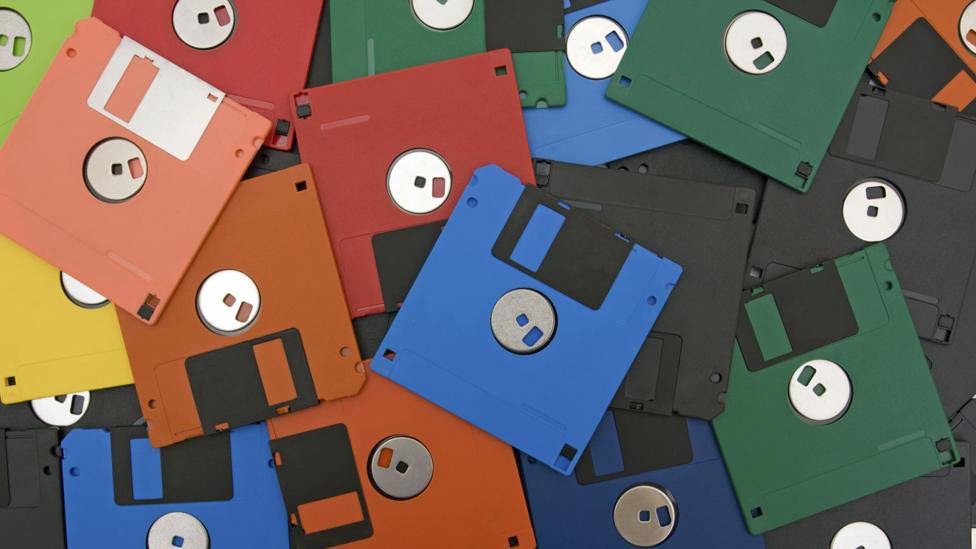


I would argue instead that floppy disks from the 1980s are a separate problem domain requiring specialized tools from outside the digital forensics community. As evidenced by disk imaging toolkits such as those found in Archivematica and BitCurator much of our current practice reflects the assumption that tools derived from the domain of digital forensics can productively be applied to all types of digital media, from 1980s floppy disks through contemporary hard drives. While my main reason for writing this paper is the hope that my methods may prove useful to others confronted with similar problems, these case studies are also intended to support a larger argument. The researchers’ interests were best served by simple file recovery, sometimes involving format conversion, while materials destined for archival preservation required a more structured and consistent process. The different requirements of these use cases also affected the processes employed to retrieve information. Specifically, this paper describes the tools and techniques I have used to recover content saved to 5.25″ and 3.5″ floppy media from the following systems:įloppy disks were sourced by way of donations to our Archives, from materials in the Library collection, and from researchers seeking to access materials on early computing media from their own collections. Disks from different sources exhibited many unique characteristics and required specialized processing to extract the content in a usable form. In the context of several projects completed over the past two years I have recovered data from approximately 500 floppy disks. In this paper I will discuss tools and techniques I have employed to retrieve content on floppy disks from various 8- and 16-bit computer systems dating from the 1980s. John Durno, University of Victoria Libraries Introduction


 0 kommentar(er)
0 kommentar(er)
